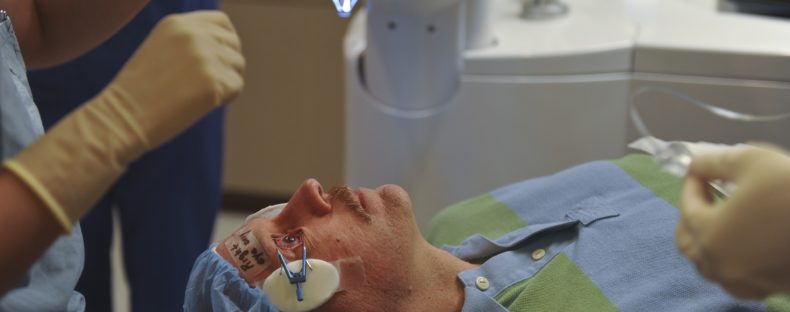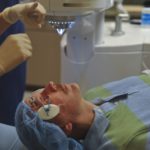Advances in Glaucoma Treatment
Glaucoma is normally treated with a combination of eye drops and medications. However, eye-drops can have side-effects such as stinging or redness in some cases. Some patients are not very particular and may forget to follow the strict medication regimen, thus risking their eye-sight in the process. Glaucoma with higher degree of severity does not respond to medication alone. Typically, laser treatment, trabelectomy surgery and shunt implants are the treatments recommended for such patients. These treatments are often complex and demand substantial recovery time. New advancements are therefore looking at simplifying glaucoma treatment, especially for higher degree cases where severity is more. These advancements are looking at safer surgery like MIGS, combination drugs and new drug delivery vehicles.
MIGS
MIGS stands for Micro Invasive Glaucoma Surgery. It involves implanting a tiny device to allow fluid to drain from the eye and thus reduce pressure inside the eye. The procedure has a higher safety level than other glaucoma surgeries. A MIGS can also be performed concurrently with a cataract, adding just two-minutes to the cataract surgery. MIGS does not prevent further or additional treatment for glaucoma as and when necessary.
Combination drugs
People with glaucoma who need more than one eye drop per day may see these medications available as a single, combined eye drop in the future. Some combinations are already available, such as Cosopt (timolol and dorzolamide), Combigan (timolol and brimonidine) and Simbrinza (brinzolamide and brimonidine).
New drug delivery vehicles
New drug delivery devices injected into the eye for slow and continuous release of medication are another area of development. These tiny slow-release devices are placed/implanted on the eye. They can lower pressure for months without eye drops. Such inventions may eventually replace regular use of eye drops.
MIGS, combination drops and slow medication release attachments are poised to bring in a sea change in glaucoma treatment in future.





